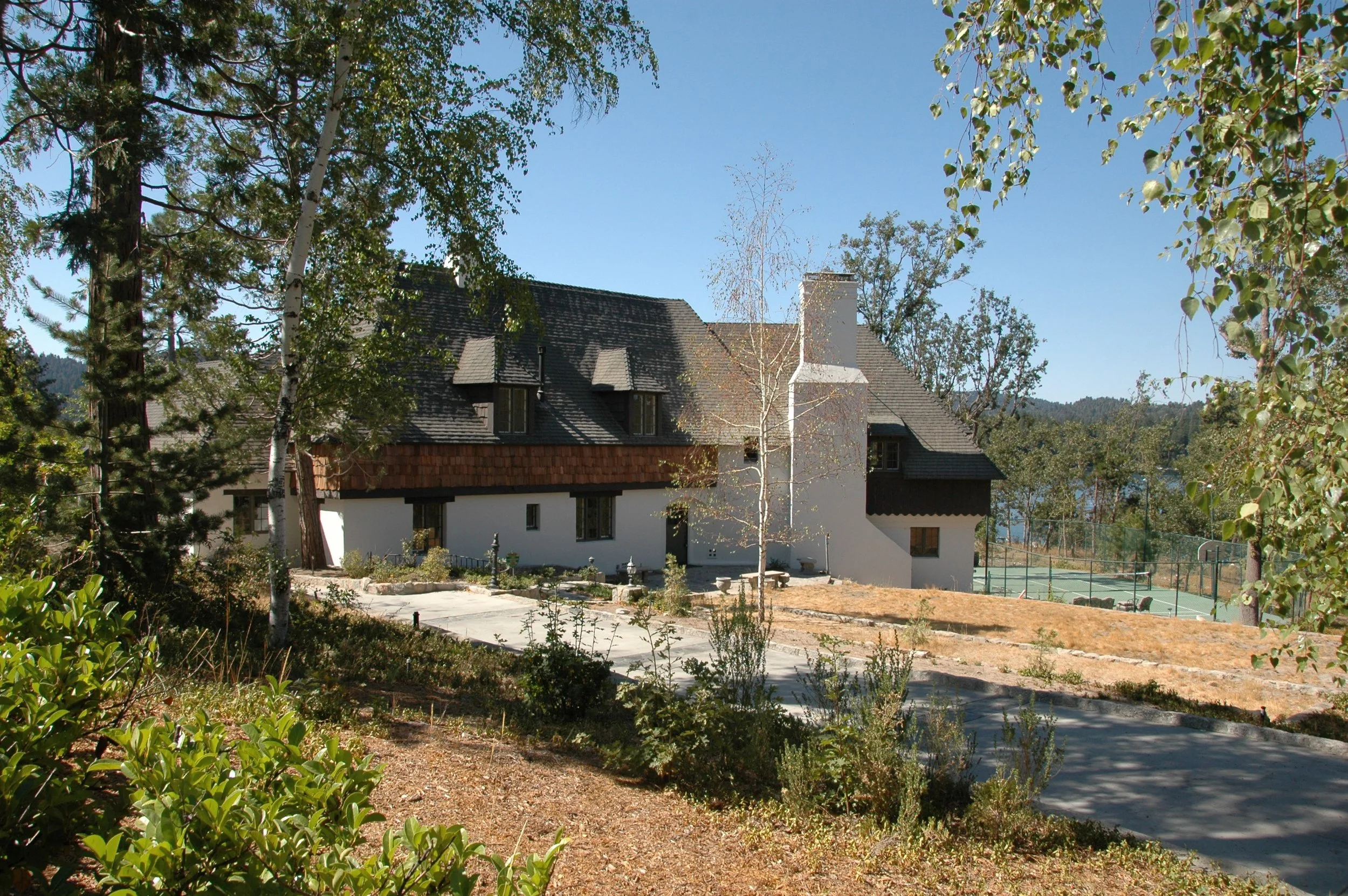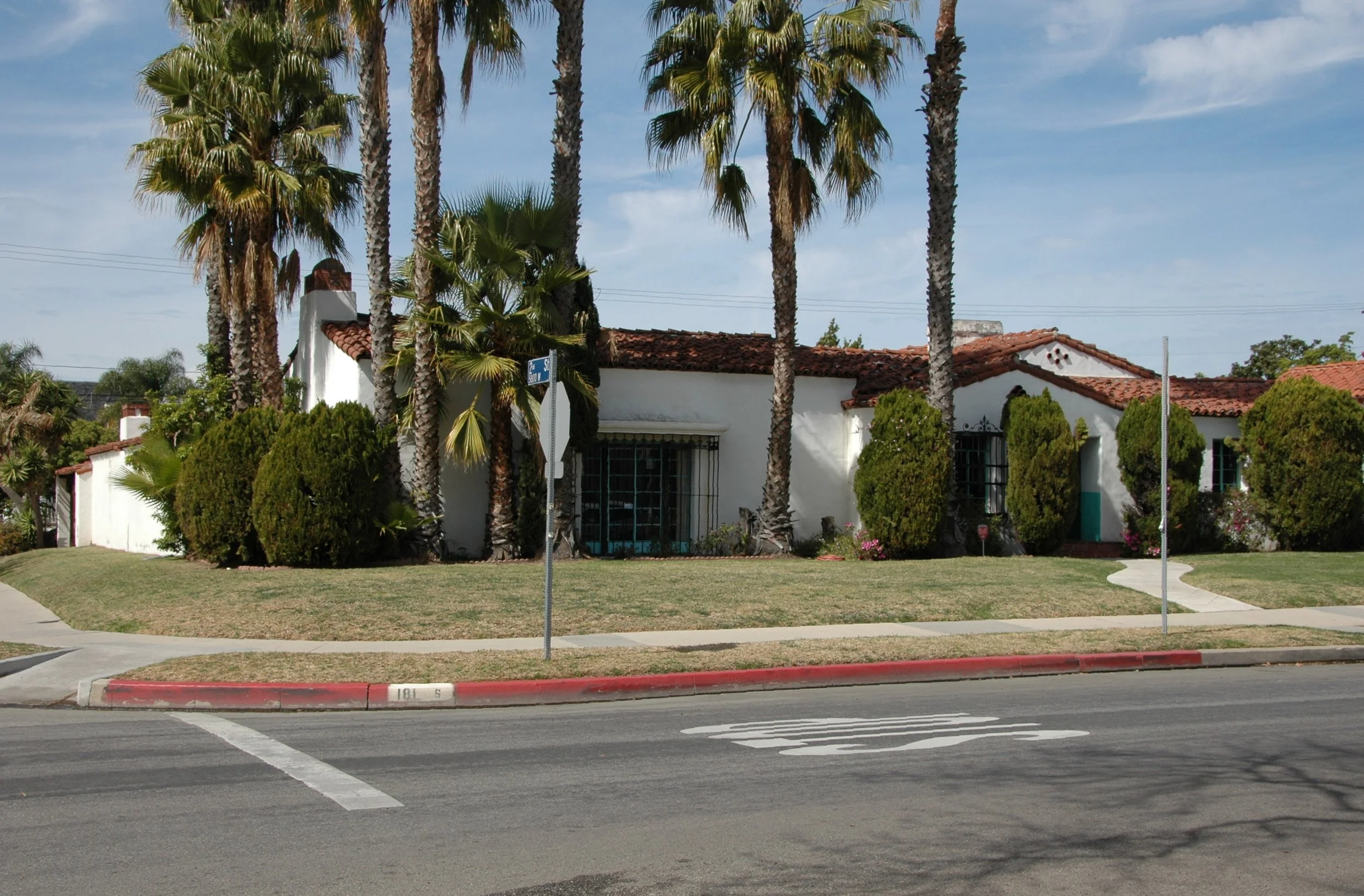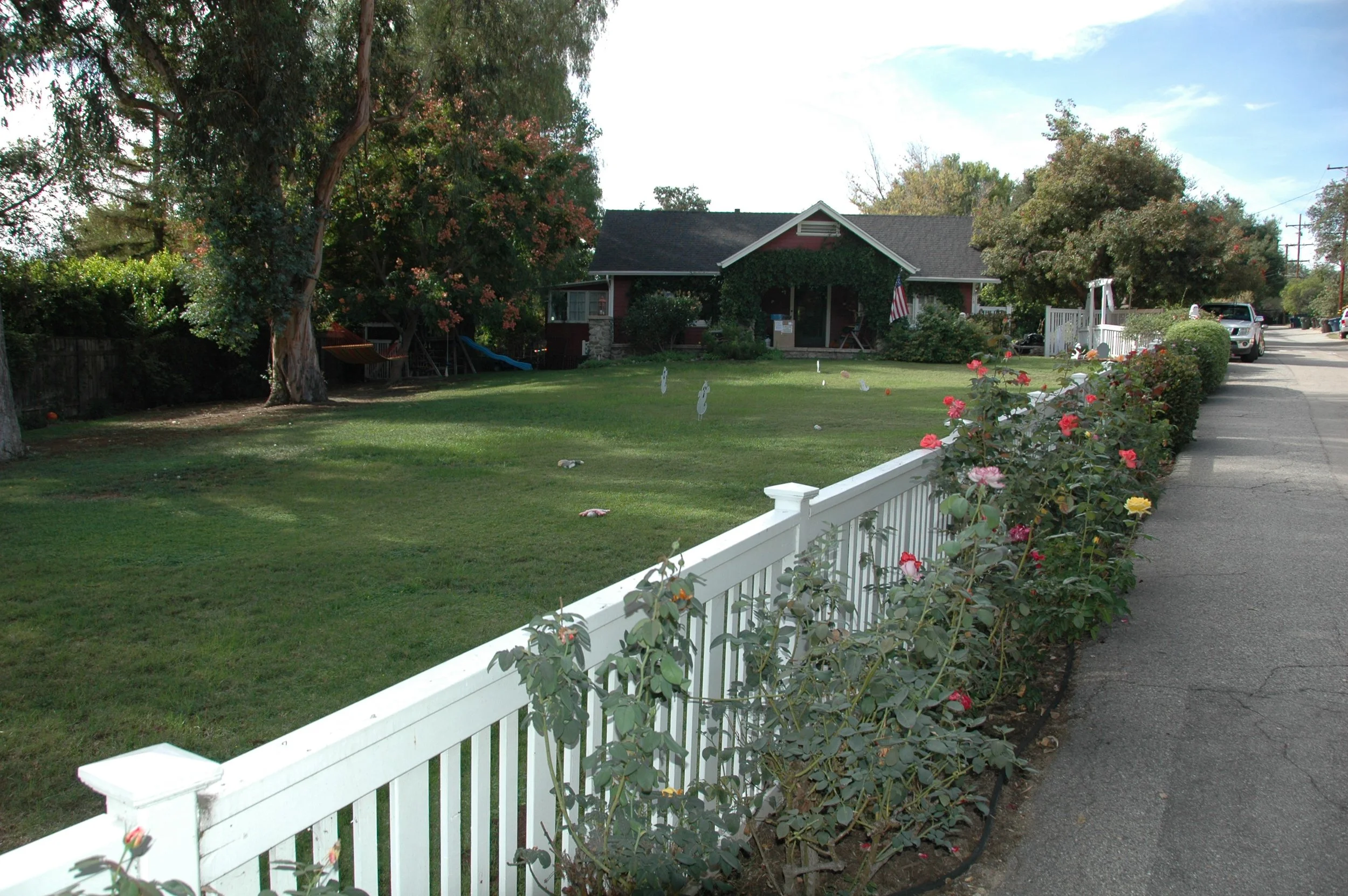Financial Incentives
Historically designated properties come with a number of attractive programs that can be tailored to suit a property owner’s desire to help off-set the cost of rehabilitation or restoration to a historic property. These programs can provide opportunities for preservation incentives, including:
Property tax reduction
Federal preservation grants for planning and rehabilitation
Federal investment tax credits
Preservation easements to nonprofit organizations
International building code fire and life safety code alternatives
Possible state tax benefit and grant opportunities (check with your State Historic Preservation Office for historic property incentives available within your state)
Historic preservation incentives also involve:
Understanding the Secretary of the Interior’s Standards for Rehabilitation (the Standards assist in the long-term preservation of a property’s significance through the preservation of historic materials, features, and spaces and are applied to specific rehabilitation projects in a reasonable manner, taking into consideration economic and technical feasibility)
Understanding and getting information on the care and maintenance of your historic property through various NPS Preservation Briefs and Tech Notes
These are a few of the following incentives for qualifying properties in California:
California Historical Building Code (CHBC) is applicable to all potentially eligible historic or designated historic properties. The CHBC allows property owners (residential, commercial or institutional) to take advantage of applying for regulatory relief when preserving historic features and materials when alterations or repairs are necessary. The result of this relief allows for:
Alternate construction methods that are compatible with historic structures, providing life-safety requirements are met in performance-based ways as opposed to the prescriptive ways under a regular uniform building code.
May result in significant savings over the costs of following regular building codes.
Tax Incentives. There are 3 programs owners of historic properties in California are potentially eligible for and may want to explore:
The Mills Act Historic Property Contract Program: provides property tax reduction up to 60% for qualifying properties.
Historic Conservation Easement Program: allows for properties listed in the National Register of Historic Places to receive a one-time federal income tax deduction. This incentive offers a significant one-time federal income tax deduction for the donation of a specified portion of a historic building. The easement is a legal agreement between a property owner and a preservation/conservation group and it restricts the property's future development rights by allowing the preservation/conservation group to review in perpetuity any proposed changes to the property.
Rehabilitation Tax Credits Program: This program provides a tax credit on rehabilitation spending for old and historic buildings. The Federal Historic Preservation Tax Incentive is a program administered by the National Park Service (NPS) that rewards private investment in rehabilitating income producing historic properties, such as offices, rental housing and retail. The incentives can provide either a 20% tax credit for all qualifying hard and soft cost expenditures during rehabilitation of a certified historic resource and is claimed in the year in which the rehabilitated building is put into service, or a 10% tax credit on the amount spent on qualifying hard and soft cost rehabilitation expenditures of non-historic, non-residential buildings built before 1936. Both the 10% and 20% programs are mutually exclusive — in other words, you cannot receive credits for both programs.
For more information about these and other preservation incentives not listed here,
please contact MGDEnvironmental Design for an initial consultation



